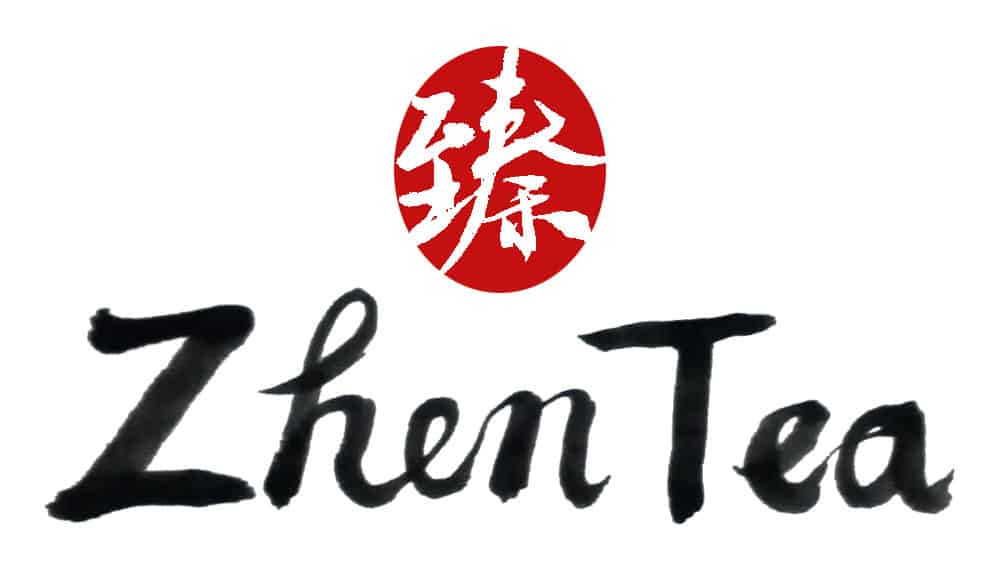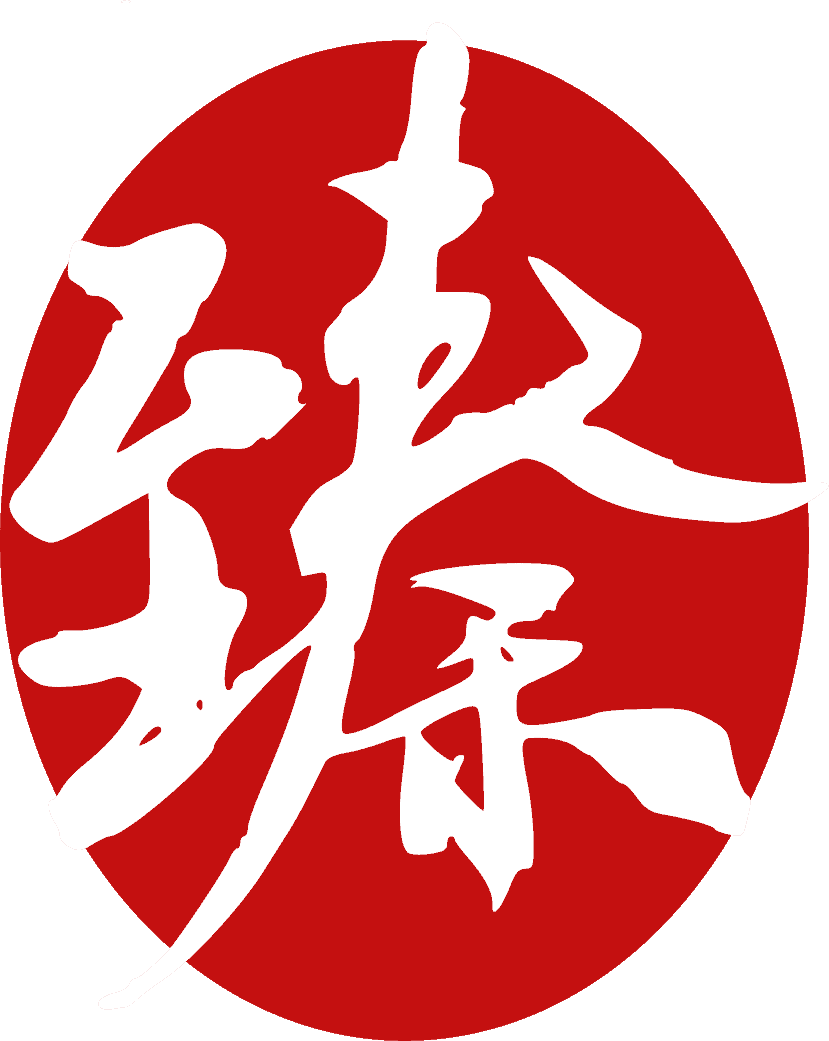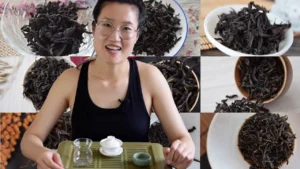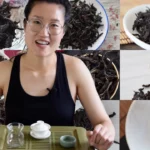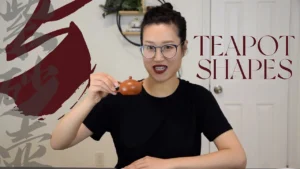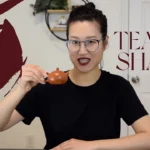It seems a little overdone to talk about the basics of Chinese tea, the origin of tea, the six types of tea and so on, but when I hear people talking about Anji Bai Cha as if it were a white tea, I realize that it’s actually not a bad idea at all. There is still a lot of confusion out there. In fact, my original draft for this blog post was much longer and still felt it needed a lot more information, way too much for one blog post. In this post I’ll do a quick overview of some key areas and in future posts I will go into detail on a variety of topics.
The History
When speaking of the origin of Chinese tea, you may have heard the names, Shennong and Lu Yu. Tea is believed to have been discovered by Shennong. According to The Classic of Herbal Medicine (神农本草经: Shénnóng Běncǎo Jīng), Shennong experimented with eating all kinds herbs to figure out which ones are safe to eat and which are not, and in doing so he discovered that tea acts as an antidote against the poisonous effects of some of the herbs (“神农尝百草,日遇七十二毒,得荼解之”). Despite the mythological flavor of the story, it is still indicative of how far back the history of Chinese tea really goes. After thousands of years of development, tea became a daily drink, a phenomenon, a trend, but it still lacked a system. It was Lu Yu that set the standard for tea drinking: the utensils, the water, the tea itself. The guidelines for drinking tea that Lu Yu established elevated tea to a new level and Chinese tea culture prospered under the framework that he established.
I watched a Netflix original TV Series called Marco Polo. As a historical show, it did a great job to reconstruct the distant history, but the scenes that included tea drinking exposed an area that was lacking research. It’s actually too “Chinese”! A thousand years ago, the Chinese didn’t drink the tea in the way they do now. It would be more historically accurate if they used what is now the Japanese way of drinking tea in the series. Let me explain a bit more. During the Tang Dynasty (618-709AD), tea was being introduce the other countries around China, and at that time the Chinese way of drinking tea was to boil the dry tea leaves in the water, put some cinnamon, star anise, or other spices, even salt or sugar to taste. During the Song Dynasty (690-1279AD), the time frame of the Marco Polo series, the Chinese drank tea similar to the way we drink matcha nowadays. It is during that time that Eisai brought the Jingshan Tea Banquet back to Japan, and developed Japanese way of tea. One of the main drivers of the evolution of how to prepare and drink tea is the development of different methods of producing tea. The way we prepare Chinese tea today comes from the Ming Dynasty, about 600 years ago, when loose tea leaves displaced the traditional tea cake (团茶: tuan cha) as the main way of enjoying tea. It is during this time that the six categories of Chinese tea came about.
The Categories
It is well-known that there are six categories of Chinese tea: green tea, white tea, yellow tea, oolong tea, black tea, and dark tea. The criteria for the categories are based on the process used to make the tea, which means a green tea is called green tea is because it’s used green tea process. Therefore, Anji Bai Cha or Changxing Bai Cha are both green teas even though they have “white tea” in the name (Bai Cha). So why are they named “white tea”? It is because they are from white tea plants. Thus, a tea plant can be made into any sort of tea depending on how you want to process the tea buds and leaves. For example, the prestigious Xi Hu Long Jing (Dragon Well) is a green tea, while the very same tea leaves are also made into black tea called Jiu Qu Hong Mei. The same holds for pu’er, the same tea plant can produce delicious green tea as well. You may wonder why we haven’t heard of green tea made from the Tie Guan Yin tea trees. It’s only because the results have not been acceptable to make it into green tea or black tea. But new ways of creating tea are always being explored, so who knows what we will see next!
Health
Another area I want to write about and discuss with you at length is health benefits of tea. One popular discussion regarding health and tea in the west is about caffeine. The general impression is green and black teas tend to have high caffeine level, however, the truth is the caffeine level varies depending on the tea plants. But the general guide is the more oxidized or fermented, the less caffeine the tea has. So Lapsang Souchong really doesn’t have that much caffeine as people think, and white tea really isn’t so light (in terms of caffeine) as the name indicates.
There is so much more to say on these topics. So I decided to cut the length and make this post a general introduction of the areas I want to discuss at length. The series will continue to evolve over time, just as Chinese tea continues to evolve. I’m working on breaking the rest of the original post into a series of posts so that I can express all I want to share, and talk about, in a deeper and more comprehensive way. There will be posts with a more detailed tea history, each tea categories, Chinese tea regions, and more. So, stay tuned and post your questions in the comments sections. I’ll do my best to answer them in future posts.
